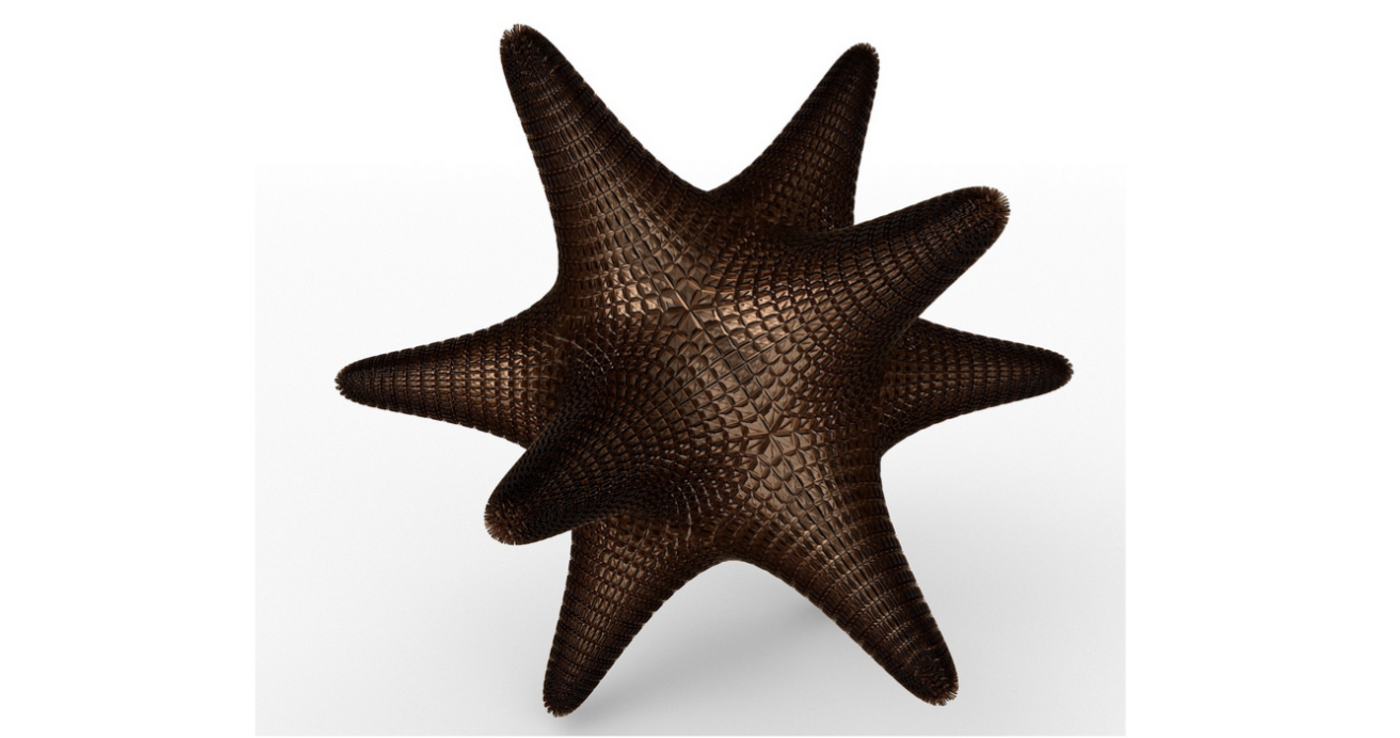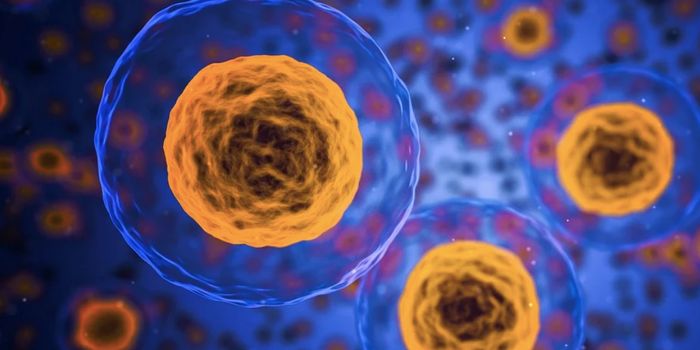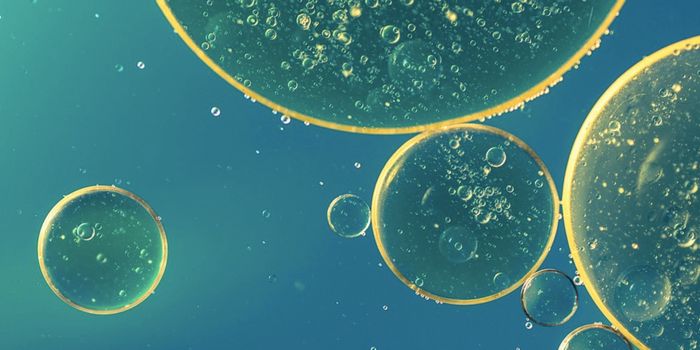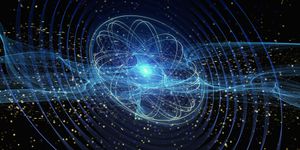Using Deep Learning to "Hallucinate" New Proteins
Artificial intelligence is being applied to a lot of fields. In medicine, for example, artificial intelligence has been used to identify medications for cancer patients, sometimes making more appropriate selections than human clinicians do. Reporting in Nature, scientists have now used AI to imagine new proteins, a process they described as a 'hallucination.' These novel proteins have stable structures.
Proteins are made from strings of amino acids that get folded into a three-dimensional structure. The structure of a protein is often crucial to how it functions; proteins may work cooperatively, and they sometimes fit together in a very specific way. When that specific linkage is disrupted, it may interfere with crucial processes. But the structure of a protein is not easy to decipher from the amino acid sequence. It can take a tremendous amount of experimental and computational effort to find a protein's form, though technological advances have made it easier in recent years.
Designing new proteins is also challenging. In this study, researchers took a new approach.
"For this project, we made up completely random protein sequences and introduced mutations into them until our neural network predicted that they would fold into stable structures," said co-lead study author Ivan Anishchenko, a researcher in the lab of David Baker at the University of Washington (UW) Medicine Institute for Protein Design.
Anishchenko noted that the research team did not bias the software to one outcome or encourage any specific results, they simply let the computer imagine, or hallucinate, proteins.
In future work, scientists may be able to influence the AI so that proteins actually are created with features or characteristics that may be useful or beneficial. Deep learning might be able to engineer drugs or enzymes, for example, suggested co-lead study author Sam Pellock, a postdoctoral scholar in the Baker lab.
In this research, the team and AI created 2,000 new proteins that would fold, in theory. The scientists actually generated 100 of these proteins and assessed them, and three were analyzed in detail. The shapes that these proteins formed confirmed the predictions the AI made.
Nuclear magnetic resonance and X-ray crystal structural analyses illustrated "the remarkable accuracy of protein designs created by the hallucination approach," said study co-author Theresa Ramelot, a senior research scientist at Rensselaer Polytechnic Institute.
"This approach greatly simplifies protein design," said senior study author David Baker, a professor of biochemistry at UW School of Medicine. "Exploring how to best use this strategy for specific applications is now an active area of research, and this is where I expect the next breakthroughs."
Sources: University of Washington, Nature









